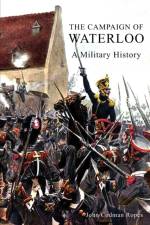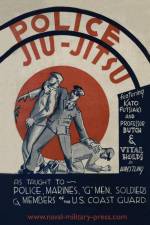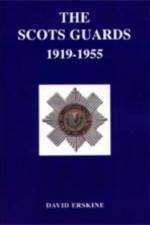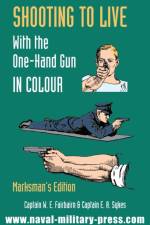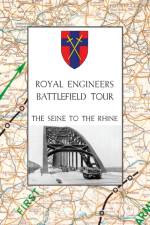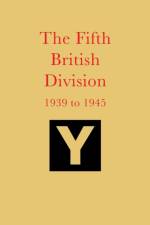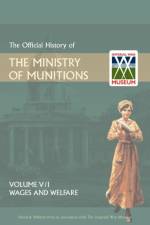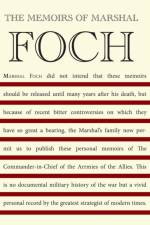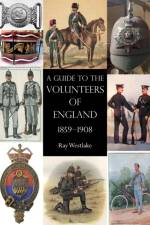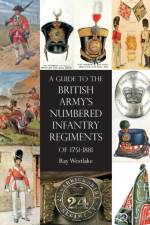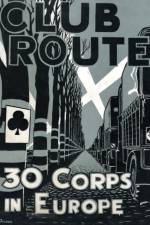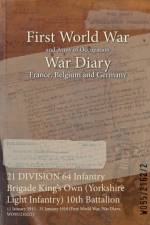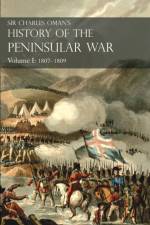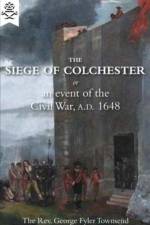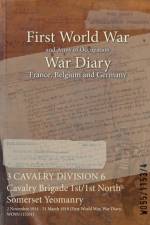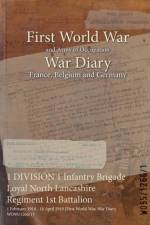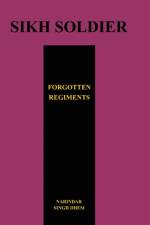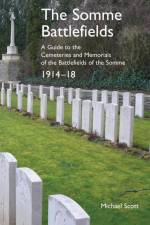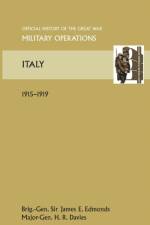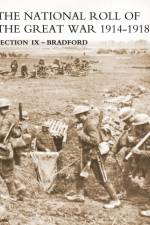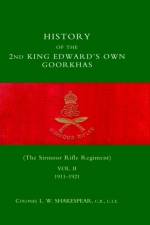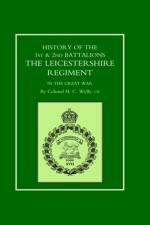av the: a Guide to the Cemeteries Somme Battlefields & Memorials of
531
A war that ended in 1918 and in which the men whofought are now dead is today of great historical interestfor many British people. The Centenary Celebrationshave brought a renewed level of interest in a conflictthat is still 'touchable' in that almost all of us knowsomeone at one or two, or even three, generationsdistance from us. We feel they are our family thoughtime has brought separation. When we make ourjourneys to the battlefields, we take part in a pilgrimageof sorts, one that remembers those who took part inthe battles, the day to day trudge of existence, thefamilial brotherhood of survival, the occasionallaughter and pleasure of simple things, but alsohonours those who will not get to do what we do, whichis return to our families and live our lives to a hopefullyold and fulfilled age.Each year I lead groups to the battlefields of World WarOne. In trying to provide these groups with as muchinsight as well as information. But always the questionto be answered as we stop at, or more often pass, acemetery is "Why is this cemetery here?", then ofcourse "Who is buried here?". It was important to meto be able to have answers that showed that everycemetery, and every headstone, (or name on amemorial) has a story. It is easy, especially insomewhere like Serre Road No. 2 Cemetery, to forgetthat every grave is a life lived, with relatives,experiences and aspirations. This book aims to tellsome of the stories, while only scratching the surface.But, importantly, every burial, and every cemetery nomatter how isolated or small, call tell us something ofour social history.Defining the area to be covered by the book is apersonal decision and quite arbitrary. First, I decidedwhat is the battlefield of the Somme? That means tome 1916 and 1918. Consequently, a much larger areathat may be considered the 'Battle of the Somme',which is often only the area involved on 1 July 1916. Butin wanting to include the battlefields of 1916 and 1918I had also to include areas involved in the Retreat to theHindenburg Line and parts of the Battles of Arras andCambrai, all in 1917. I know that men who wereinvolved in the battles, and died of a result of theirwounds, are not here. Some died months later inBritain. I took one family to follow the footsteps of arelative wounded at Luke Copse near Serre on 1 July1916 who died of his wounds five days late at a BaseHospital in Rouen and is buried in St Sever Cemetery.I had to draw lines somewhere and I am satisfied thatmy boundaries allowed me to validly cover as much ofthe battlefields of the Somme as made sense.

